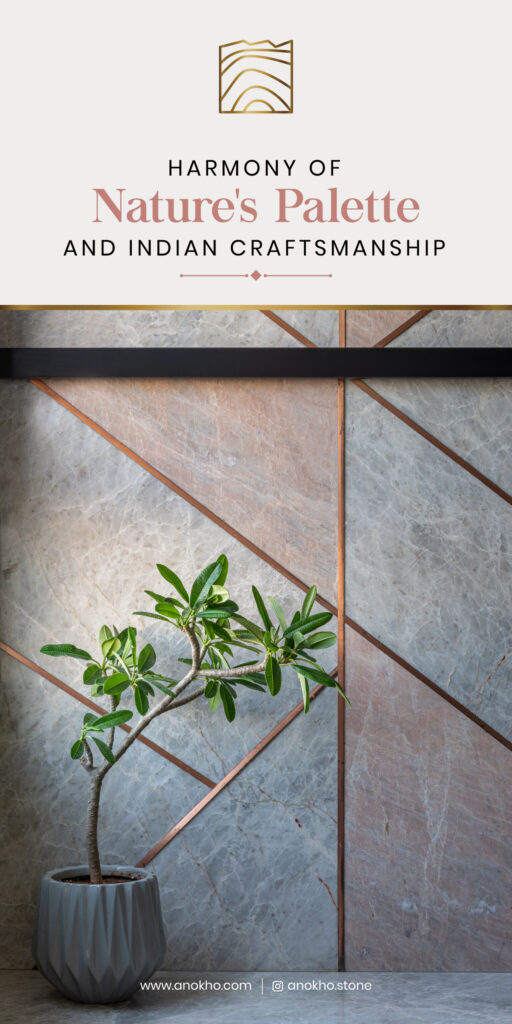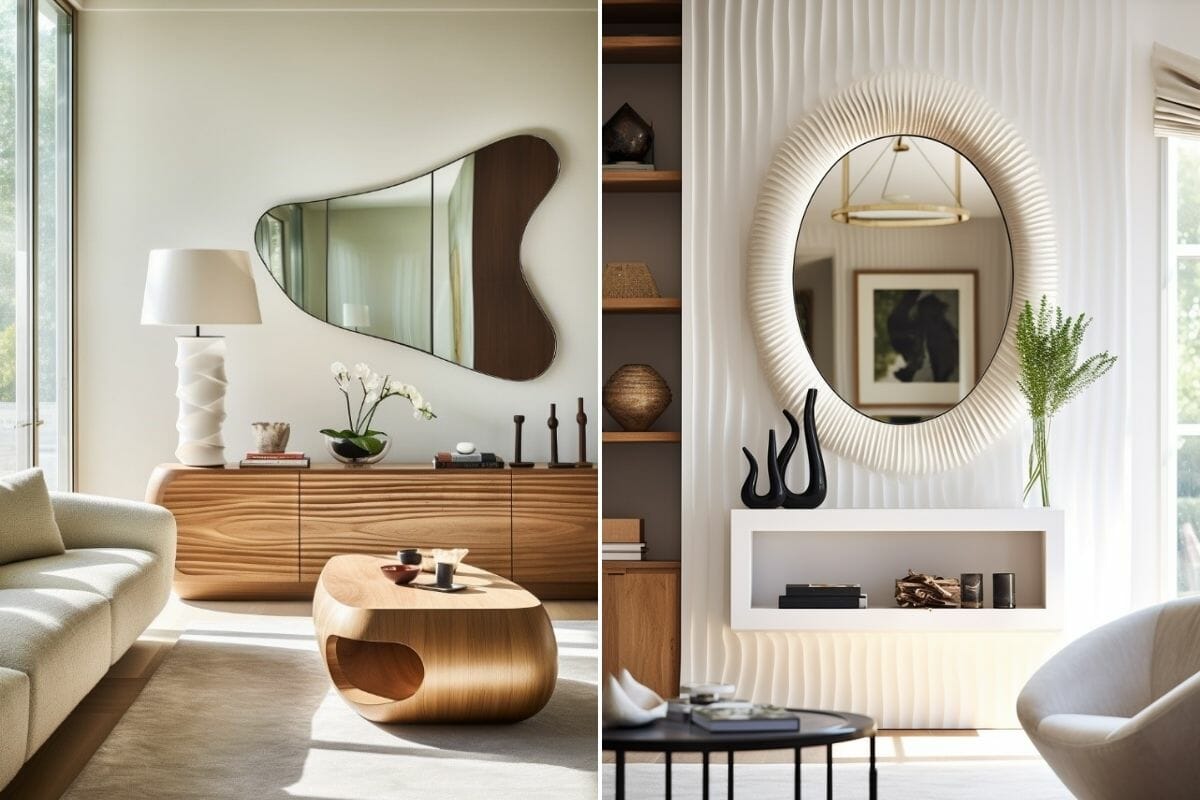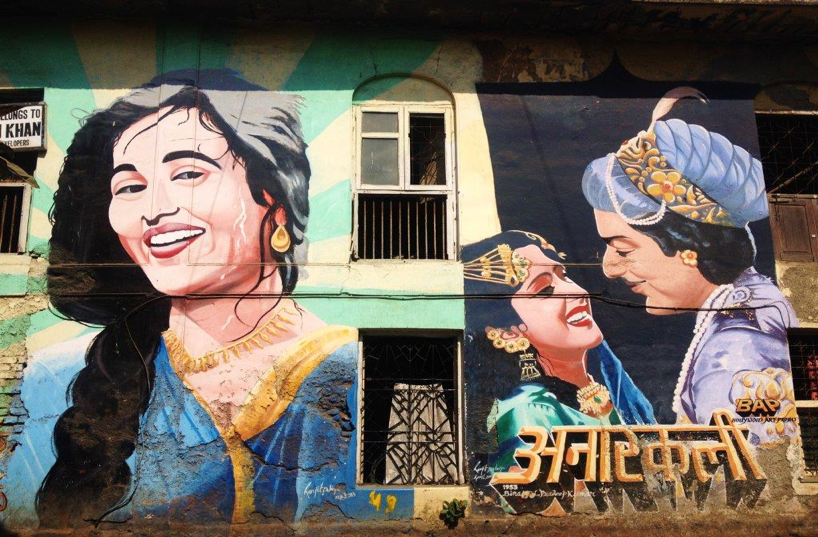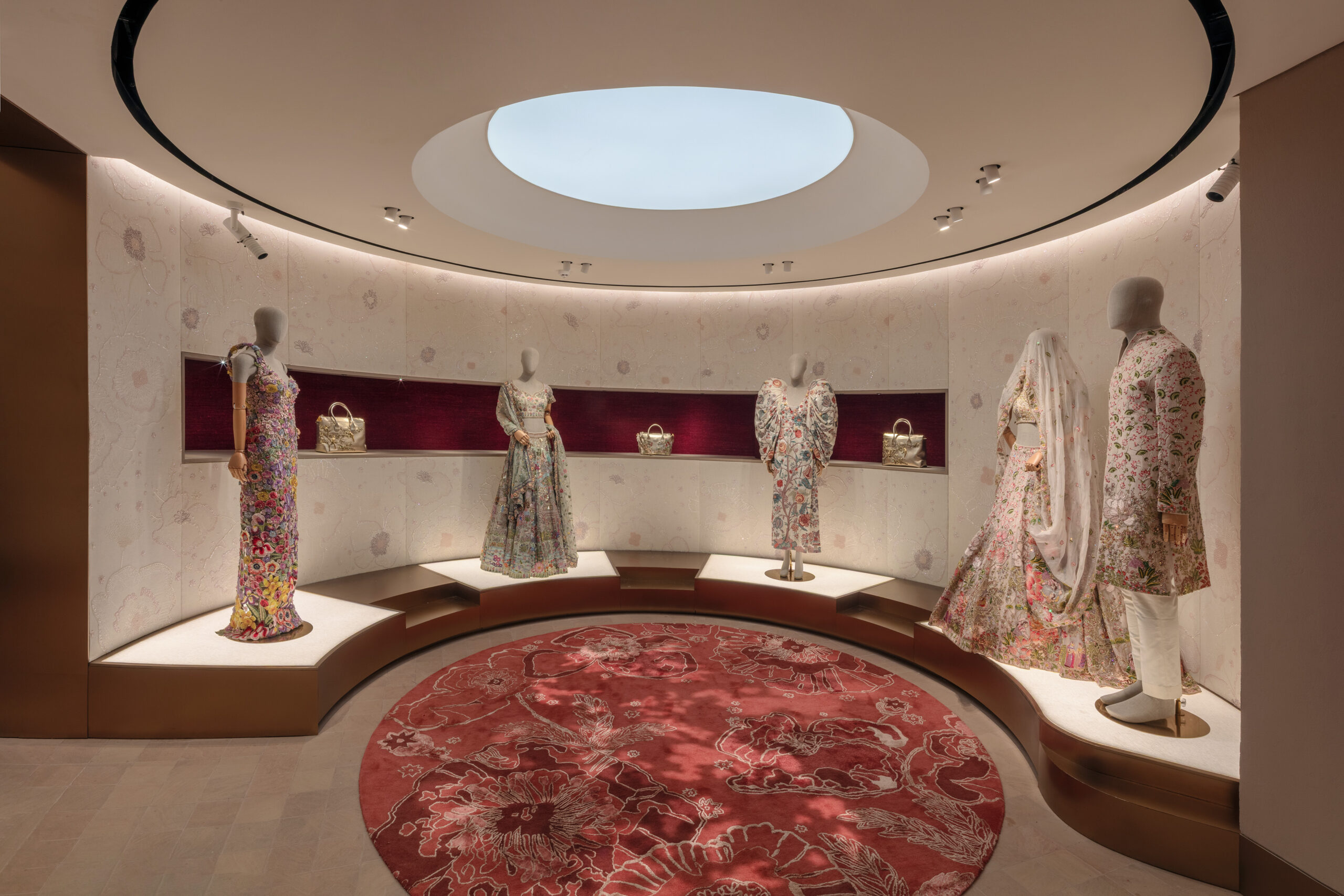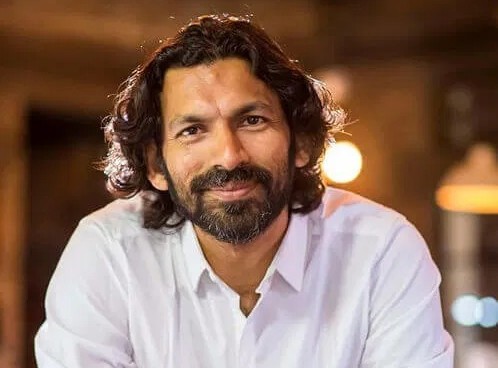Gone are the days when fashion runways were just platforms for walking garments. Over the past five years, set design has become central to storytelling—where culture, architecture, and imagination collide. Think Gucci’s funhouse of mirrors, Prada’s shifting ceilings, or Valentino’s red-lit bathrooms. The runway is now theatre.

Gucci A/W 2022
Alessandro Michele’s “Exquisite Gucci” show transformed the brand’s Milan headquarters into a shimmering labyrinth of mirrors. As models walked, reflections bent and distorted in playful, almost hypnotic ways—turning the show into a surreal, mind-bending experience.

Prada F/W 2023
At the Fondazione Prada, the show began in stark industrial minimalism—concrete chairs and exposed ceilings. Suddenly, the ceiling lifted to reveal sparkling chandeliers, creating a moment of spatial choreography that felt both intimate and majestic.

Saint Laurent A/W 2024
Moody and magnificent, Saint Laurent’s runway was staged in twin emerald-green curtained rooms. With rain-slicked concrete and soft lighting, the set embodied old-world Parisian drama—minimal in form, maximal in atmosphere.

Valentino F/W 2025
Perhaps the boldest of all, Valentino’s show played out in a Lynchian public bathroom, bathed in red light. Complete with sinks and stalls, it challenged notions of luxury, stripping fashion down to its raw, human elements.


Louis Vuitton F/W 2026
In a landmark collaboration, LV’s Pharrell Williams joined hands with architect Bijoy Jain of Studio Mumbai. At Paris’s Pompidou, the set evoked India’s Snakes & Ladders, with models navigating a celestial diagram. It was a luminous tribute to Indian tradition, interpreted through global design.
As runway shows continue to evolve, one thing is clear: the sets are no longer a backdrop—they are the story.












